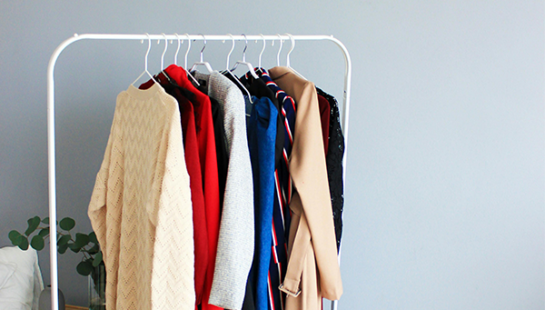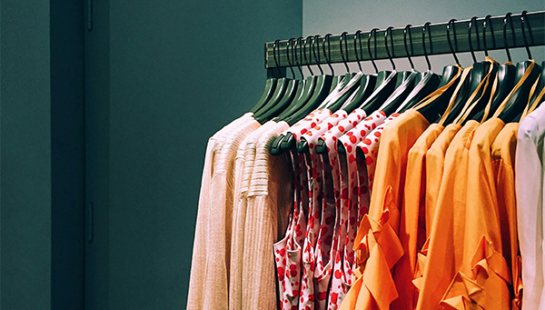That fresh feeling of the new year always gets me excited! What an opportunity to take a step back, express gratitude for the year that’s been, and consider how you can move into the new year with intentionality.
While you’re pondering your resolutions for the new year, I wanted to share some ways you can align your fashion habits with your values. I’m a big fan of rules and rhythms that can become second-nature habits, meaning that without too much struggle, we can rest in knowing we’re taking those small daily steps towards positive change.
While the scale and complexity of the problems to solve in the fashion industry are too great for any one of us to solve in a year, we’re all part of the system and our collective action can turn the tide!
1. Put A Limit On Your Clothing Purchases
Aussies are buying more items of clothing than there are weeks in the year, and the harsh reality is that most of these items are made in ways that overburden the environment, and made by people who experience low wages and poor treatment.
One of the most powerful things we can do is to reduce demand by loving what we have and setting limits on how much we purchase. Have a look through your wardrobe and count the new items you bought this year – consider setting a reasonable cap for the new year, with the goal to purchase (even a little) less.
2. Make It A Habit To Advocate
We can use our voice to tell the brands we love that their ethics are important to us. When we consistently remind brands that we prioritise companies who are treating workers and the environment fairly, they’re compelled to make change. We have a tool on our website which makes it easy to Speak Out to Brands by sending a templated email. You could:
- Set a monthly reminder: pick a day in the calendar when you’ll send a quick email or Instagram message off to a brand. You can stay on a brand’s radar by sending them an email each month, or pick a different brand you like each time.
- Reverse the mailing list: if you haven’t unsubscribed from brands’ marketing newsletters, make a habit of replying to their emails and telling them you care about the way they’re treating their workers.
3. Learn To Mend
Caring for our clothes and keeping them in circulation for longer is a powerful way to honour the environmental resources that went into a product, as well as the human skill and labour. This might mean we need to get out the needle and thread! While our grandmas may have been experts at mending, a lot of us might not have these same skills. Thankfully we’ve got YouTube, the internet, and friends or family members who can sew to teach us some basic mending skills.
You could set yourself the goal to:
- Learn some sewing skills: learn some basics like hemming pants, sewing buttons back on and patching holes. Put these skills to use when you find something that needs fixing in your wardrobe!
- Do it together: it’s easy for these small mending jobs to pile up or be pushed aside. Why not host a seasonal mending get-together with your friends? Bring that pile and a treat to share, and make an afternoon of it.
4. Organise a Seasonal Clothing Swap
If an item of clothing in good condition keeps on getting pushed to the back of your wardrobe, something that 84% of us do regularly, why not take it to a clothing swap with your community? You could get together with your friends or church community and hosts swaps for your own (and your children’s) clothes a couple of times in the year. Then enjoy spotting the pieces you swapped out and about as your friends enjoy them!
5. Clean Up Your Washing And Care
Another way we can reduce our impact and keep our clothes looking fresh for years, is caring for them gently and sustainably. There are lots of ideas for how to do that here, but a couple of ideas you could try are:
- Set your washing machine to cold-wash: It’ll do the trick to clean your clothes without wearing them out as quickly.
- Ditch the dryer: If space and weather permits in your home, line drying your clothes, is much less harsh on them as well as good for the planet and your electricity bill!
- Use a guppy bag or microfibre filter: These tools help catch microplastics that shed from synthetic fabrics during washing, preventing them from entering waterways and reducing environmental harm.
6. Learn!
Many of us set goals to learn or read more in the new year—why not add a podcast or book to the mix that will deepen your understanding of the fashion system and how innovators and advocates are turning it around. Also, have you checked out our extensive resource guide? You can access it here. Pick a few to add to your 2025 list!



 Sophia Russell,
Sophia Russell,

 Glyn Rhys Stamnas
Glyn Rhys Stamnas